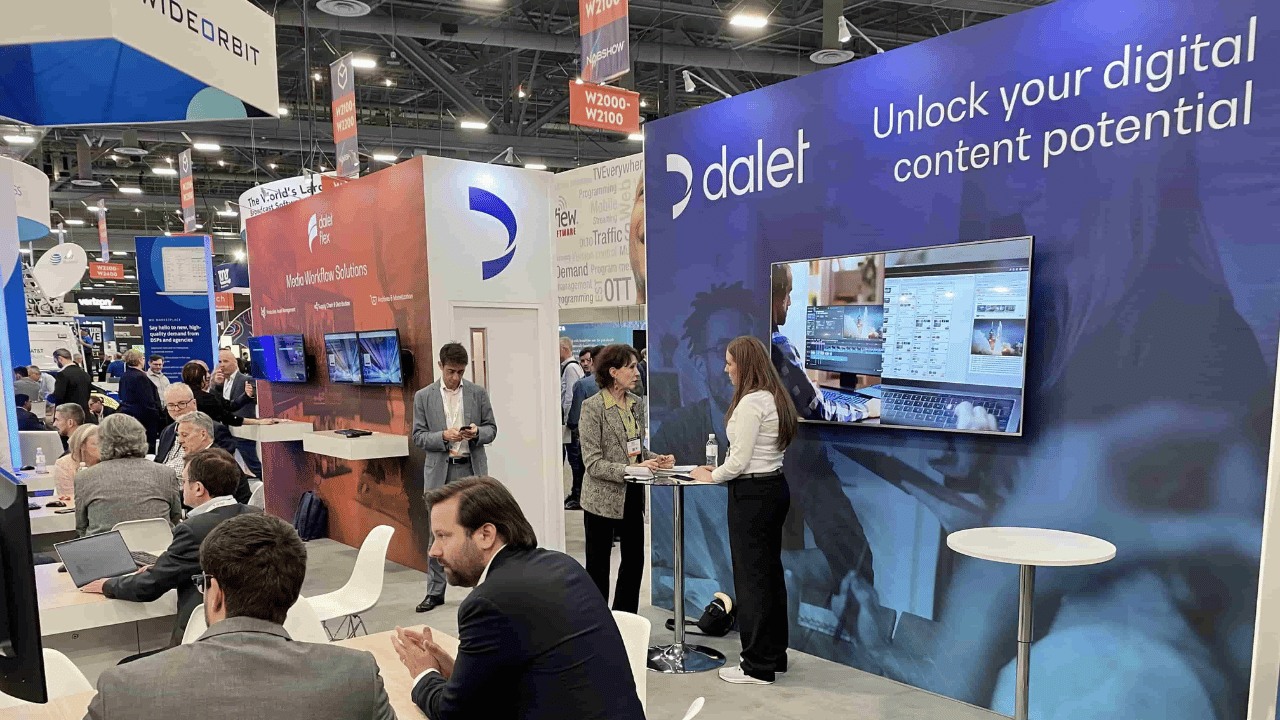July 1936 Fred Perry was winning Wimbledon and the NBC was conducting programming tests in High definition (225 of RCA’s licensees saw programming on 22 centimeter screens, 343 lines per picture, 30 pictures per second):
77 years later and another British tennis player wins Wimbledon and the event pulls in the biggest TV audience in the UK this year with over 17 million people watching and a 79% market share. What’s really interesting about this little factoid is that the biggest TV event had ONLY 17 million viewers and that the total audience was 21.5 million:
In the UK, the new series of Dallas has returned to our screens and in the 1980s the show was regularly clocking viewing figures of around 20 million. Yes, you heard me – REGULARLY. It takes an event like Murray winning Wimbledon to reflect on how much has changed within the broadcast world in such a relatively short time.
We have more viewing devices than ever before. We have more content available to broadcast at a moment’s notice than ever before. We have more channel choice than ever before and every year we have fewer viewers per programme than the year before. The increasing choice for the consumer is a good thing for the consumer. For us in the professional media value chain, it means that every year we have to do more with less at better quality than we have ever done in the past.
At the IABM Member’s day last week, we described the broadcast industry and the biggest international cottage industry in the world. It was identified that the industry was growing slowly, but there wasn’t a lot of confidence. I suppose this is natural in times of drastic change. The challenges of achieving scale quickly without risk and knowing that margins on media are slimmer and slimmer every year means that solutions which allow you to start small and grow to enterprise scale at a speed that’s right for your business are vital.
Featured in: Broadcast | Content Distribution | Content Production |
With 30 years in the industry, Bruce looks after Media Technology for Dalet. An engineer who designed antennas, ASICs, software, algorithms, systems and standards, Bruce is best known for being @MrMXF and you can get his book on Amazon.
More Articles By Bruce


